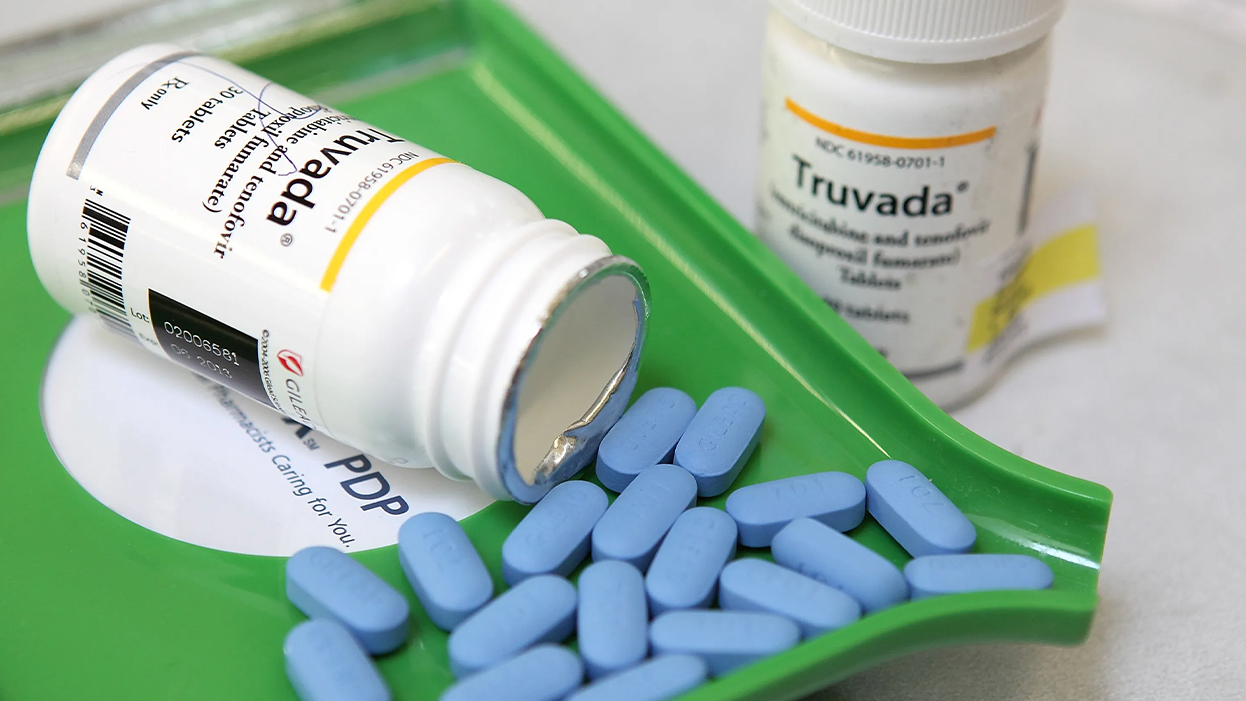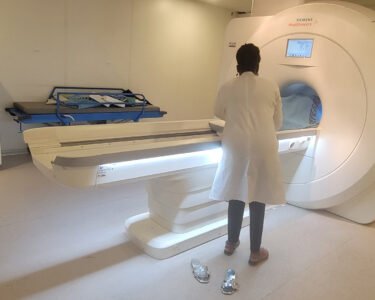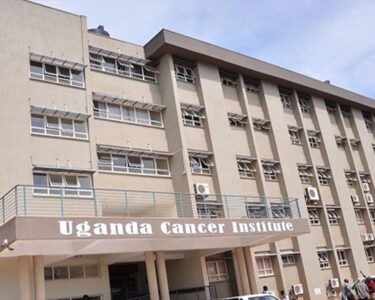The Ministry of Health has raised alarm over the continued incidence of mother-to-child HIV transmission.
The Ministry of Health Permanent Secretary, Diana Atwine, says that in an effort to stop HIV/AIDS from spreading among children by 2030, greater attention would be paid to teaching teenagers and adults who are frequently at fault for passing the virus on to children.
Over 800,000 children between the ages of 0 and 14 are not receiving treatment, even though 160,000 new cases of HIV infection in children and adolescents are reported each year, according to health officials
During the launch of the National Action Plan to end AIDS in children by the year 2030. An emotional Atwine described the deficiencies that have caused the number of pediatric HIV cases to rise.
Paul Onzubo, the Maracha District Health Officer, contends that to reduce the possibility of programs coming to a standstill due to donor withdrawal, the government should minimize its reliance on outside funding.
Onzubo adds that districts countrywide are still grappling with poor-quality HIV/AIDS counselors due to a lack of training.
Each year, on 1 December, the world commemorates World AIDS Day. People around the world unite to show support for people living with HIV and to remember those who have died from AIDS-related illnesses.
According to UNICEF Uganda still lags behind in attaining validation for the elimination of mother-to-child transmission (eMTCT) of HIV; Uganda’s MTCT case rate is 466 per 100,000 against the validation target of 50 per 100,000. To achieve eMTCT validation, it is required that the HIV prevalence among women aged 15-49 years from 5.9 to 2.5% or the MTCT rate from 7.9 to 0.22 % by reducing new infections among women and reducing the transmission rate by increasing coverage of PMTCT services or improving the effectiveness of regimens especially among adolescents and young women (AGYW).
High disparities remain between regions, and HIV continues to affect adolescents, especially girls, disproportionately; HIV prevalence among AGYW is four times higher than boys of the same age group. Two-thirds of all new HIV infections are found in adolescent girls (AG) in Uganda, and yet only 30 percent of Adolescent Girls receive HIV testing Services (HTS) at outpatient departments (UNAIDS). While the absolute number of AIDS-related deaths in children below 5 years dropped by more than 50% between 2000 and 2017, the number of adolescents who lost their lives to AIDS doubled during the same period.





